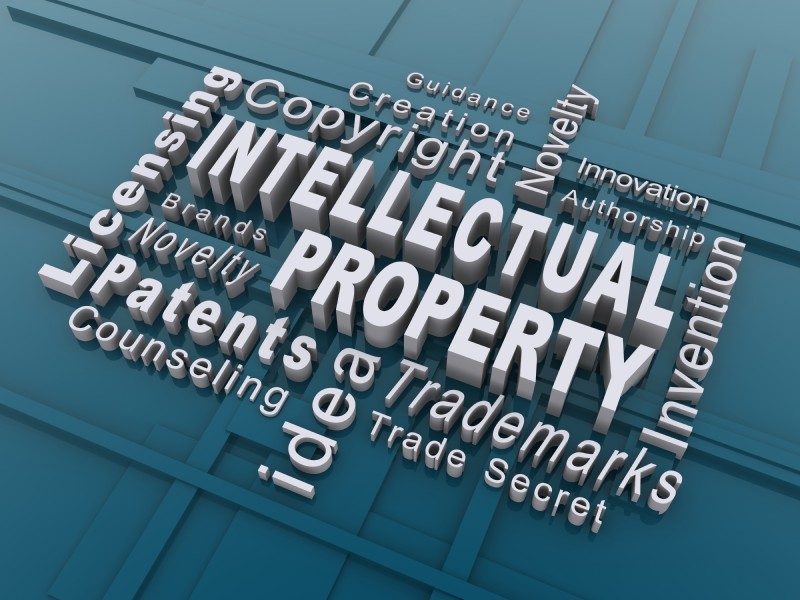Court of Appeal The Hague, 23 May 2017
Today, the Court of Appeal of The Hague has published a judgment which could have far-reaching consequences for manufacturers of original appliances which use consumables that can be bought on the aftermarket, such as ink cartridges.
In a patent case between HP and Digital Revolution the Court of Appeal decided that the sale of replacement ink cartridges is allowed, even if the cartridges relate to an essential part of a patented invention. According to the Court, the user of a printer has an implied license to use the printer in a normal, well-functioning way, which includes the use of compatibles, provided that there is no protection for the cartridge itself. In practice the implications of this decision could be limited, since the Court of Appeal also indicated that the outcome can be different if the consumer has agreed to limiting conditions when purchasing the printer.
Background
In several European countries Digital Revolution offers ink cartridges that can be used as an alternative to cartridges of several well-known brands, including HP.
In the first instance proceedings, HP alleged that Digital Revolution directly infringed EP 2 170 617 (“EP 617”) because all elements of claims 1 and 2 were present in the cartridges offered by Digital Revolution. This was rejected by the District Court of The Hague, because it found the claims to be invalid. In a later stage of the proceedings HP also argued indirect infringement of claim 7. This was also dismissed by the Court, because this additional claim was filed too late in the proceedings in violation of the principle of due process.
Decision Court of Appeal
In the appeal proceedings, HP again argued direct and indirect infringement. The appeal on the grounds of direct infringement was rejected by the Court of Appeal, because the Court found claims 2-6 and 13 of EP 617 to be invalid. The most interesting part of the judgment relates to the Court’s decision on the alleged indirect infringement of claim 7[1].
Article 73 of the 1995 Dutch Patent Act (“DPA”) defines indirect patent infringement as follows:
“The patentee may institute the claims at his disposal for enforcing his patent against any person who (…) supplies or delivers in or for his business, means relating to an essential part of the invention to others than those who by virtue of Articles 55 to 60 are authorised to work the patented invention, (…) if that person knows, or if that it is evident considering the circumstances, that those means are suitable and intended for that application.”
Articles 55 to 60 DPA relate inter alia to licensed use. Digital Revolution argued that it does not offer or deliver cartridges to “anyone other than those authorised under the terms of Articles 55 to 60 (thus licensed) to apply the patented invention” as required by Article 73 DPA. It stated that if a consumer purchases an HP printer for which the cartridges offered by Digital Revolution are suitable and intended, this implies that a license is obtained to use that printer, including the method according to claim 7 of EP 617 which is incorporated in the software of the controller of the printer. The Court of Appeal agreed:
“It is established that the printer only operates with a cartridge that has a memory device capable of communicating with the printer software so that the method of claim 7 can be applied. Miscommunication, for example, because the memory device is not configured for application of that method, irrevocably leads to the rejection of the cartridge and thus to the printer system not working, as HP has expressly stated.
Since the purchaser of an HP printer expects the printer to function in a normal way, that permission (…) is also deemed to extend to the use of cartridges suitable for that printer which do not itself infringe any product claim (…)”.
Whilst this decision was based on a method claim, it seems likely that the same principle of implied license may apply to other type of claims such as system claims or assembly claims.
The Court of Appeal did mention one important exception to this rule: according to the Court the situation will be different if “limiting terms are agreed upon purchase of the printer“. This suggests that if a manufacturer would sell an item under an express restriction to only use originals, a third party could – under certain conditions – still be prevented from selling compatibles.
We expect that this case will be continued before the Dutch Supreme Court.
For questions, please feel free to contact: Armand Killan ([email protected]) or Thijs van den Heuvel ([email protected]).
[1] This patent claim 7 reads as follows:
A method for transferring data between a printer and a replaceable printing component (14), the method comprising:
providing a replaceable printing component (14) having an electrical storage device (38) associated therewith, the electrical storage device (38) configured for receiving a first block of data transferred from the printer, the electrical storage device (38) having a storage portion containing data related to the replaceable printing component (14) and two validation fields configured to store error detection codes relatable to the data contained in the storage portion, one validation field containing a first error detection code relatable to the data contained in the storage portion;
computing a second error detection code relatable to data that will be stored in the storage portion after transfer of the first block of data to the electrical storage device (38); storing the second error detection code in the one of the two validation fields not containing the first error detection code; transferring the first block of data from the printer to the electrical storage device (38); computing a third error detection code relatable to data that will be stored in the storage portion after transfer of a second block of data from the printer to the electrical storage device (38); storing the third error detection code in the one of the two validation fields not containing the second error detection code; and transferring the second block of data from the printer to the electrical storage device (38).




